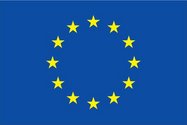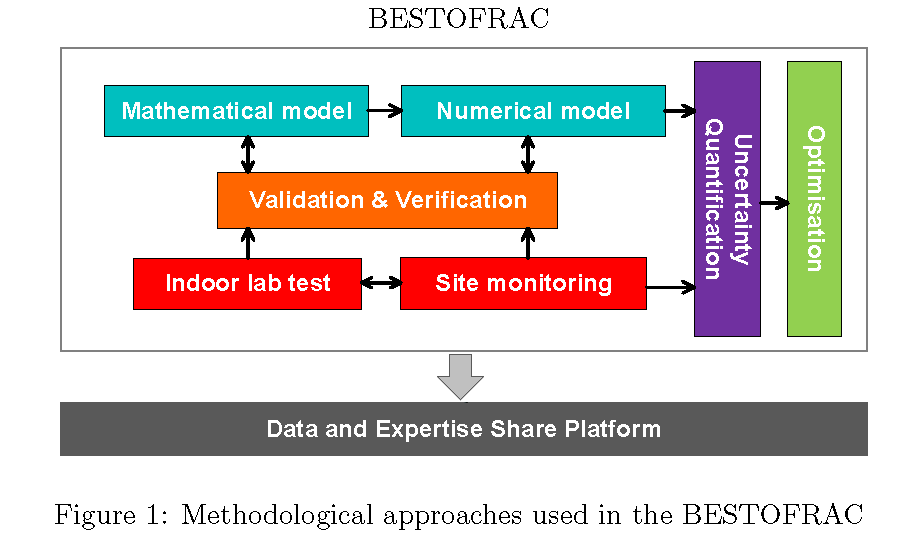

Duration: 1st January 2017 ~ 31st October 2022
Coordinator:
Bauhaus-Universität Weimar
Geschwister-Scholl-Strasse 8
99423 Weimar
Germany
Activity type: Higher or Secondary Education Establishments
Participants:
CISM-LAB SRL
Piazza Garibaldi 18
33100 Udine
Italy
Activity type: Private for-profit entities (excluding Higher or Secondary Education Establishments)
inuTech GmbH
Fuerther Strasse 212
90429 Nuremberg
Germany
www.inutech.de
Activity type: Private for-profit entities (excluding Higher or Secondary Education Establishments)
Technische Universiteit Eindhoven
Den Dolech 2
5612 AZ Eindhoven
Netherlands
Activity type: Higher or Secondary Education Establishments
Gottfried Wilhelm Leibniz Universitaet Hannover
Welfengarten
30167 Hannover
Germany
Activity type: Higher or Secondary Education Establishments
University of Durham
Stockton Road the Palatine Centre
DH1 3LE Durham
United Kingdom
Activity type: Higher or Secondary Education Establishments
International Partners:
Ho Chi Minh City University of Technology (Hutech)
475 A Dien Bien Phu Street
Binh Thanh District
Ho Chi Minh City
Vietnam
Universidad de Cuenca- Ecuador
Avenida 12 de Abril
010203, Cuenca
Ecuador
Tongji University
Siping Road 1239
200092, Shanghai
China
SINOPEC Exploration & Production Research Institute
31 Xueyuan Road, Haidian District
100083, Beijing
China
Abstract
This research brings together the complementary expertise of our consortium members to gain a better understanding of the physics in hydraulic fracturing (HF) with the final goal to optimize HF practices and to assess the environmental risks related to HF. This requires the development and implementation of reliable models for HF, scaled laboratory tests and available on-site data to validate these models. The key expertise in our consortium is on modelling and simulation of HF and all partners involved pursue different computational approaches. However, we have also some partners in our consortium which focus on scaled laboratory tests and one company which can provide on-site data.
The choice of the best model for HF still remains an open question and this research promises to quantify uncertainties in each model and finally provide a guideline how to choose the best model with respect to a specific output parameter.
Description
The final objective is to employ these models in order to answer some pressing questions related to environmental risks of HF practices, including
- How does HF interact with the natural fractures that intersect the shale seam?’
- How does the fracture network from a previous stage of HF treatment affect the fracture network evolution in succeeding, adjacent stages?
- What are the requirements to constrain fractures from propagating to the adjacent layers of confining rock? The exchange and training objectives are to:
- Enhance the intersectoral and interdisciplinary training of ERs and ESRs in Computational Science, Mining Geotechnics, Geomechanics, Modeling and Simulation
- Strengthen, quantitatively and qualitatively, the human potential in research and technology in Europe
- Advance the scientific contribution of women researchers in this area dominated by male
- Create synergies with other EU projects
- Enable and support all ESRs/ERs to keep contact with international community in the sense of training and transfer of knowledge


